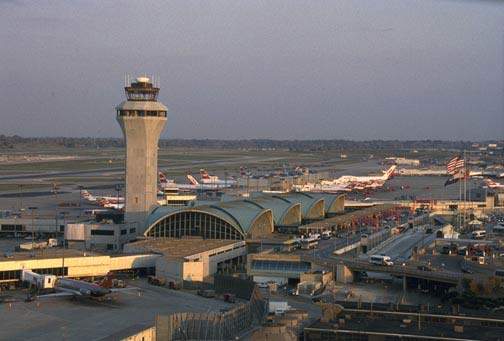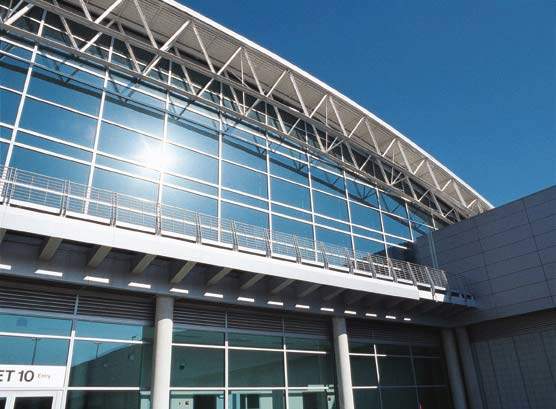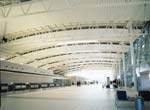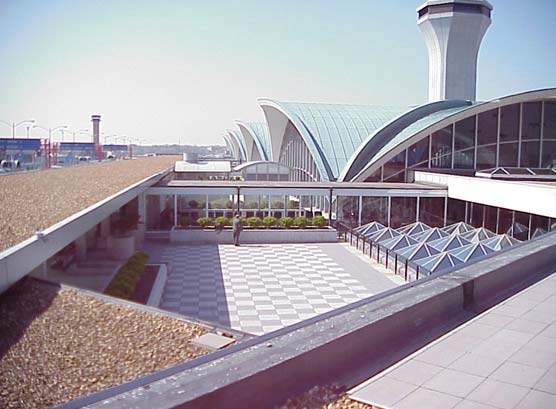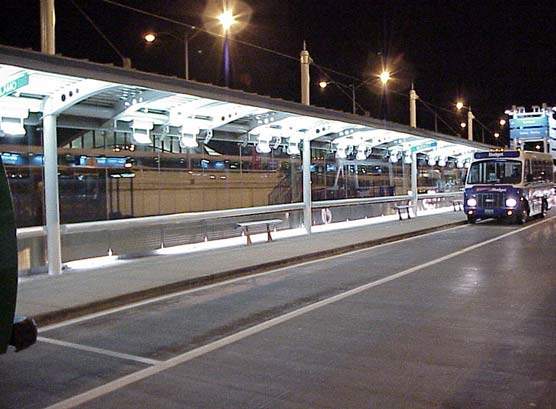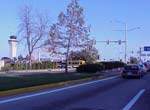During spring 2001, a 20-year construction, expansion and renovation project began at Lambert-St Louis International Airport, Missouri, USA. The project will cost a total of $1.8 billion and consists of work on a new runway and existing runways, expansion of the east and west terminals, and many other smaller sub-projects.
AIRPORT GROWTH
The expansion will provide St Louis with a more efficient airport to accommodate future growth. Traffic at Lambert Airport has increased from 513,000 takeoffs and landings in 1996 to a projection of 540,000 takeoffs and landings in 2000. Projections for 2015 suggest that 42 million passengers will travel through Lambert Airport with 630,000 takeoffs and landings.
This $1.8 billion project will provide an additional parallel runway to add capacity in all weather conditions, and double passenger terminal space to accommodate 42 million passengers. It will also provide parking for 12,500 cars and will further increase the number of passenger gates to 100–105, with the flexibility to add more in the future.
NEW RUNWAY AND LINDBERGH TUNNEL
The first phase of the project entails construction of a new runway. A key element is the relocation of Lindbergh Boulevard, a principal roadway carrying 45,000 vehicles a day, by routing it through a tunnel. The 1,144ft Lindbergh Tunnel, requiring investments of $40 million, will run under the new runway/taxiways. The double-cell tunnel, with two lanes of traffic in each cell for northbound and southbound Lindbergh Boulevard, will be built using cut-and-cover construction techniques.
EAST TERMINAL
The $97 million east terminal expansion project involved many complex design stages. The expansion includes buildings and infrastructure for a terminal, additional gates along a concave-shaped concourse, a three-level parking garage, multi-level roadways and approach ramps, and w-grade service tunnels.
As part of the expansion project, an innovative snow-melting system was installed at the terminal. The contractors installed hydronic radiant snowmelt tubing into a 160ft by 90ft concrete pad. When it snows, snow is ploughed onto the pad where it melts and drains into an adjacent retention pond. The system provides an efficient and inexpensive way of clearing heavy snow during severe winter storms.
On the other side of the airport, four #6 fuel oil storage tanks were removed and replaced with three new 20,000 gallon #2 fuel oil storage tanks. The tanks feed the airport’s west end power plant. New fuel oil pumps and piping to the boilers were also installed.
LEAD CONTRACTORS
The programme management team is headed by Sverdrup Facilities and includes Kwame Building Group and Parsons Infrastructure & Technology Group. Leigh Fisher Associates carried out studies for the design of the new airfield. Hammerts’s Iron Works, Inc, a subsidiary of Stupp Bros, Inc, were contracted to add the third parallel runway, extend another runway and work on the existing terminal complex.
Geotechnology, Inc was part of the team selected for the design of the east terminal expansion project in terms of the environment and the foundations. Hellmuth, Obata, Kassabaum Inc’s aviation group has led the planning and design of the projects. Haberger Inc completed two major hydronic and plumbing projects at the airport. McCarthy Construction is general contractor for the east terminal project, with B&P Construction handling excavation. Merlo Plumbing and several members of United Association Pipefitters Local 562 handled the pipe work. The Stovey Co was responsible for installation of the boiler room pipe. For the west end project, B&P Construction handled sheet piling, excavation and backfill work. Encon Controls and Cardinal Environmental Operations also worked on the project. URS Corporation has been selected to design the Lindbergh Tunnel.

